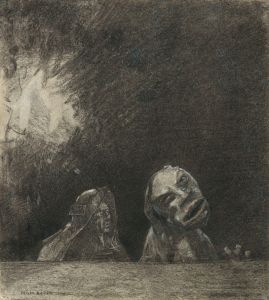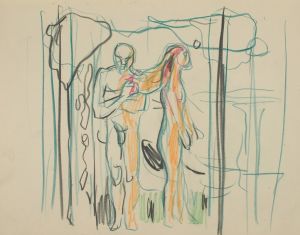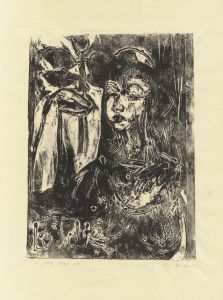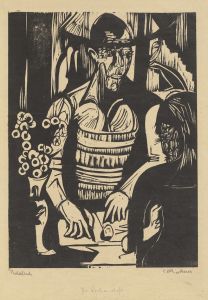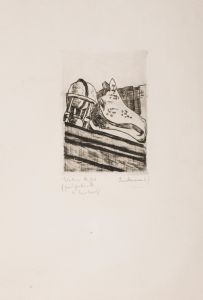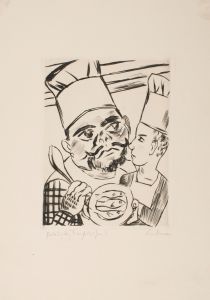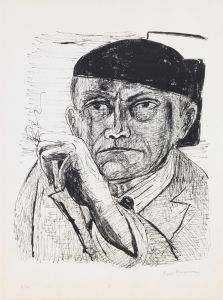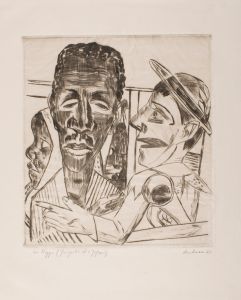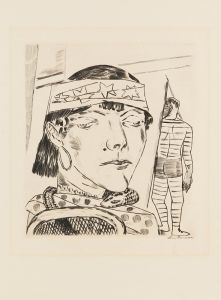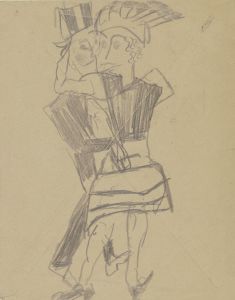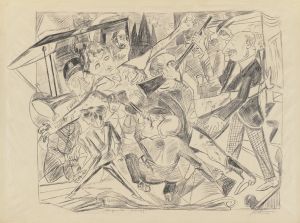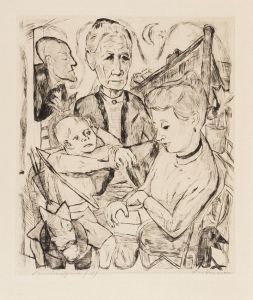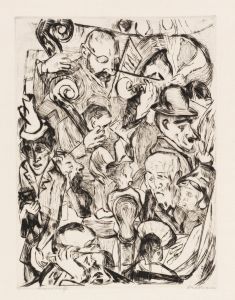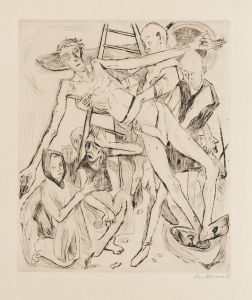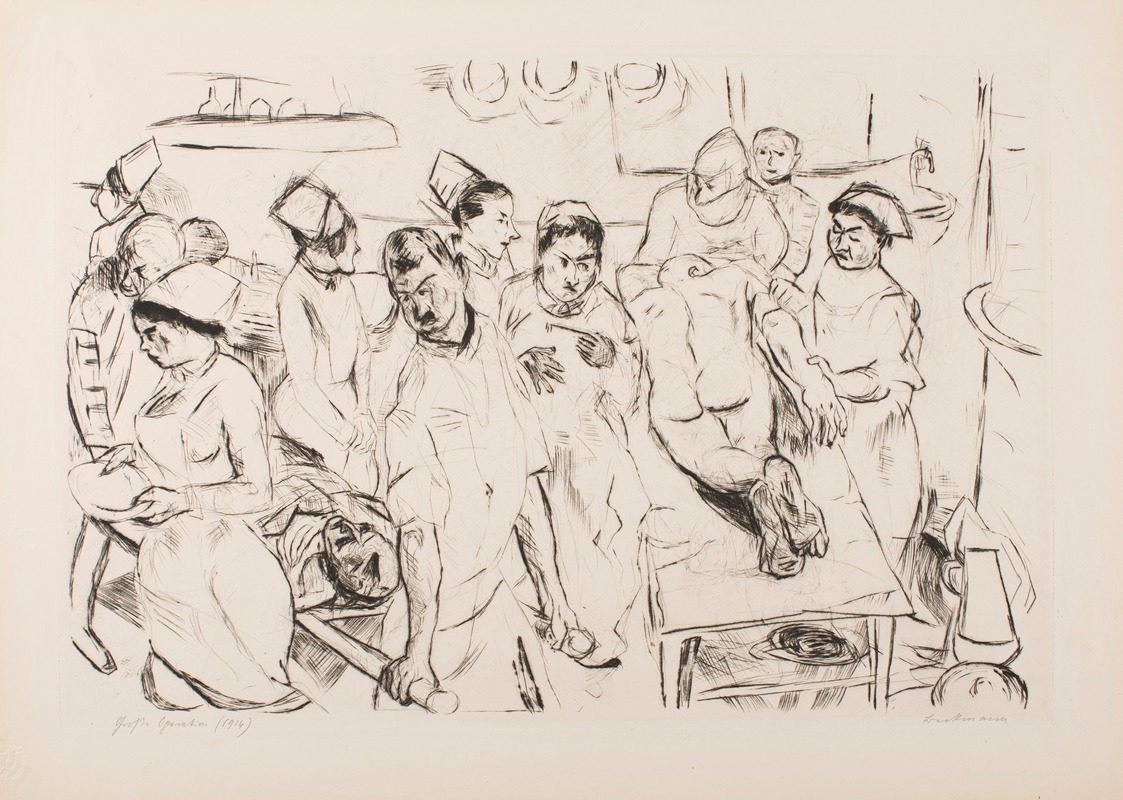
The Large Operation, plate 18 from the portfolio ‘Faces’
A hand-painted replica of Max Beckmann’s masterpiece The Large Operation, plate 18 from the portfolio ‘Faces’, meticulously crafted by professional artists to capture the true essence of the original. Each piece is created with museum-quality canvas and rare mineral pigments, carefully painted by experienced artists with delicate brushstrokes and rich, layered colors to perfectly recreate the texture of the original artwork. Unlike machine-printed reproductions, this hand-painted version brings the painting to life, infused with the artist’s emotions and skill in every stroke. Whether for personal collection or home decoration, it instantly elevates the artistic atmosphere of any space.
Max Beckmann, a prominent German painter and printmaker, created "The Large Operation," which is plate 18 from his portfolio titled "Faces." This work is part of a larger collection that showcases Beckmann's distinctive style and thematic concerns. Beckmann, who lived from 1884 to 1950, is often associated with the New Objectivity movement, which emerged in Germany in the aftermath of World War I. This movement was characterized by a realistic style combined with a critical social commentary, often reflecting the tumultuous and changing society of the time.
"The Large Operation" is a black-and-white print that exemplifies Beckmann's skill in capturing complex human emotions and situations. The portfolio "Faces" was created during a period when Beckmann was exploring themes of identity, society, and the human condition. His works often depict scenes that are both intimate and universal, reflecting the psychological and existential concerns of the early 20th century.
In "The Large Operation," Beckmann employs his signature bold lines and stark contrasts to create a dramatic and intense scene. The composition likely features figures engaged in a medical procedure, which can be interpreted as a metaphor for the broader human experience, touching on themes of vulnerability, mortality, and the intersection of science and humanity. Beckmann's use of exaggerated forms and expressive faces invites viewers to delve into the emotional and psychological depths of the scene.
Beckmann's work is often noted for its complexity and ambiguity, encouraging multiple interpretations. His art reflects his personal experiences and the broader historical context of his time, including the impact of World War I and the social changes that followed. Beckmann himself served as a medical orderly during the war, an experience that profoundly influenced his perspective and artistic output. This background may have informed his depiction of medical themes and the human body in works like "The Large Operation."
The portfolio "Faces" was produced during a time when Beckmann was gaining recognition as a leading figure in the art world. His works were exhibited widely, and he became known for his ability to capture the essence of the human experience through his unique artistic vision. Despite facing political and social challenges, including the rise of the Nazi regime in Germany, which labeled his work as "degenerate art," Beckmann continued to create and exhibit his art throughout his life.
"The Large Operation" and the "Faces" portfolio are significant examples of Beckmann's contribution to modern art. They reflect his mastery of printmaking and his ability to convey complex themes through a powerful visual language. Beckmann's work remains influential, and his prints continue to be studied and appreciated for their artistic and historical significance.





